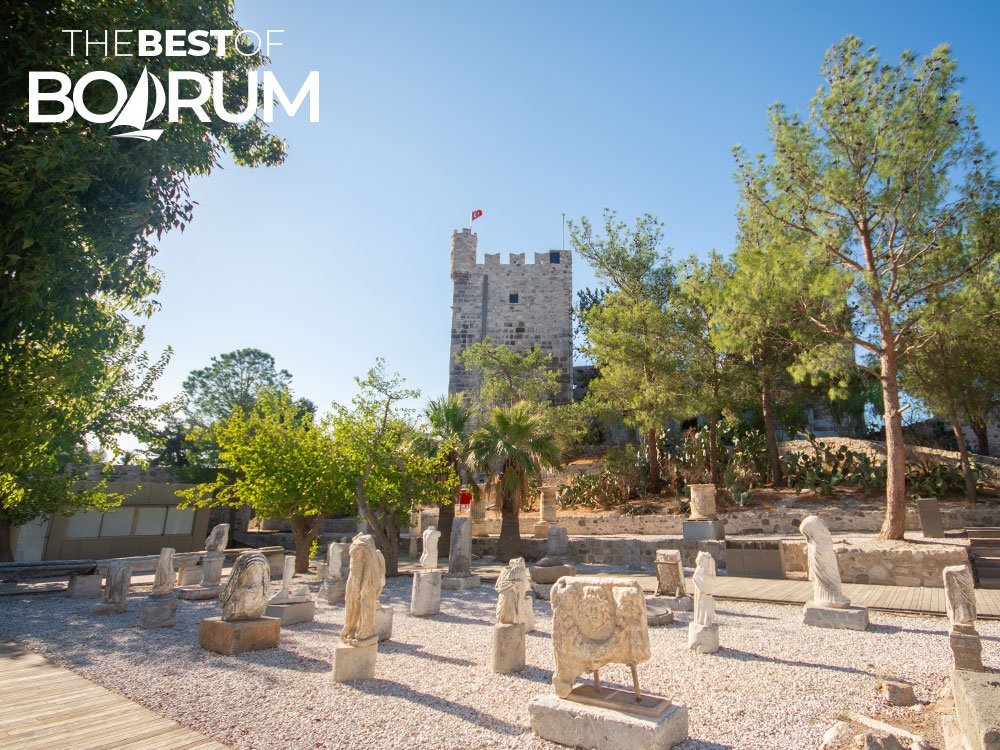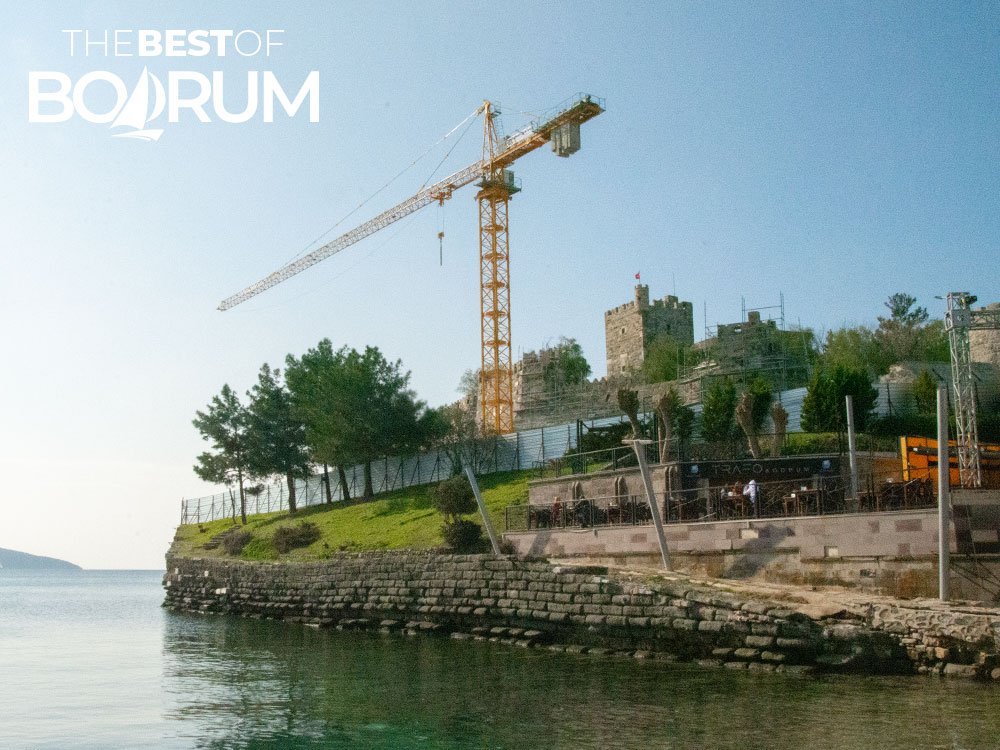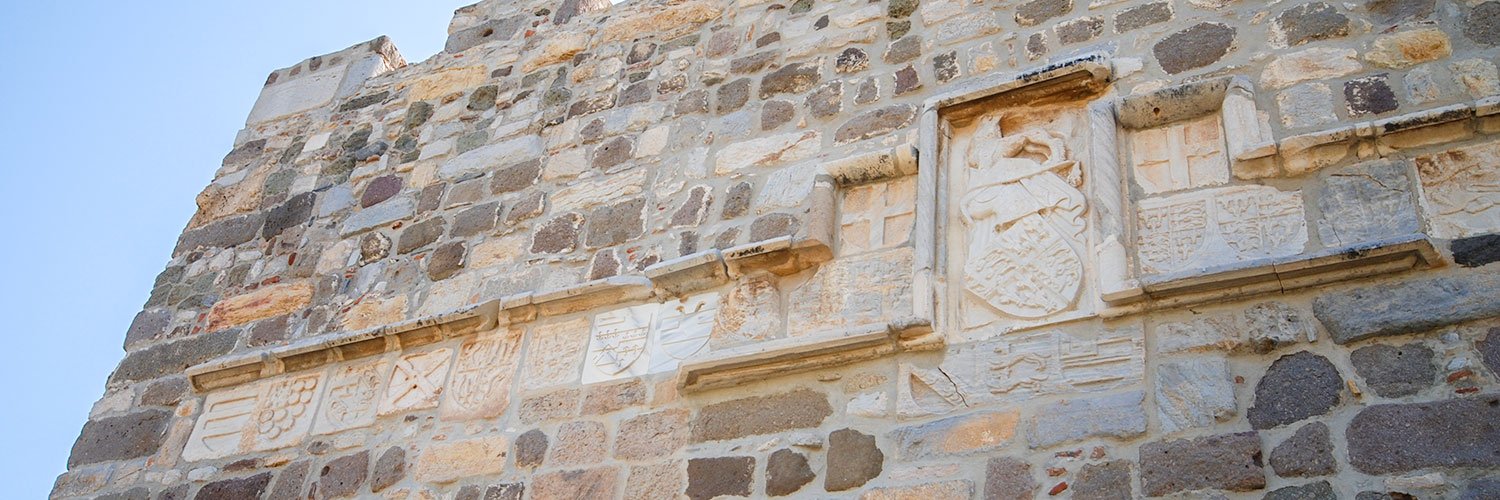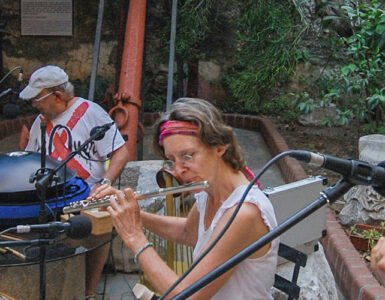The history of Bodrum Castle dates back to the Middle Ages and extends to the present day. The castle, which was built to protect the city, still maintains its significance in human history as one of the world’s first underwater archaeology museums.
Every time I go to Bodrum, I always visit the castle. I feel like I’m wandering inside a historical puzzle within those walls. Imagine a Turkish castle in the 13th century, then in the 15th century, the Knights Hospitaller build another castle on top of it using the remains of a 2,500-year-old Mausoleum in the construction. And that extraordinary structure is home to a 3,500-year-old shipwreck. Don’t you think it’s fascinating?
The history of the city is full of extremely interesting details, and the history of Bodrum Castle is a part of that rich past. Yet, for me, the castle means much more than just an archaeological site. It is a place to learn, to dream, and to relax. I hope you enjoy your visit as much as I do.
In This Article
The Early History of Bodrum Castle
The history of Bodrum Castle dates back to the 13th century, during the period when Halicarnassus was part of the Byzantine Empire. Meanwhile, the Anatolian Beylik (principality) of Mentes was headquartered just 50 kilometres to the north in Mylasa, modern-day Milas.
Mentes considered the nearby hostile forces of the Byzantine Empire a threat to its existence. Additionally, Halicarnassus was a strategic port city that could expand trade opportunities of the beylik. During the late 13th century, the Anatolian Beylik of Mentes invaded Halicarnassus. To protect the city, they built a small castle on Zephyrion, a small peninsula that divides Bodrum Bay.

The Ottoman Sultan Bayezid the Thunderbolt erased the Anatolian Beylik of Mentes from history during his military campaign in Anatolia in 1390. In 1402, the Mongol conqueror Timur took control of the former Mentes territory, including the city of Halicarnassus. However, Timur later returned the territories of the Anatolian Beyliks to their rightful rulers.
The Anatolian Beylik of Mentes remained independent until 1414, when it chose to permanently join the Ottoman Empire. During these transitions of power, Bodrum Castle of the Mentes suffered significant damage.
Knights Hospitaller in the History of Bodrum Castle
As ownership of Bodrum changed hands among some of history’s most powerful empires, the Knights Hospitaller, also known as the Knights of St. John, were trying to increase their influence in the Mediterranean. Their base was in Rhodes, and they had already built castles on strategic locations like Kos, Crete, and Smyrna (today’s Izmir) for better control over the region.

Timur’s army destroyed the castle in Smyrna during their invasion of Anatolia in 1402. The history of Bodrum Castle took a critical turn when the Knights decided to build a new castle over the one constructed by the Mentes in Bodrum. Bodrum’s location was perfect for protecting the Carian coast facing Rhodes. They asked for permission of the Ottoman Sultan, Mehmet I, to build Smyrna castle’s replacement in Bodrum. Mehmet I approved the request.
The Papacy offered absolution to all Christians who were willing to work on the castle’s construction. The construction began in 1415 under the direction of German architect Heinrich Schlegelholt, after Grand Master Philibert de Naillac received funding from Europe. Schlegelholt was one of the Knights of St. John as well.
The castle was completed in 1513 with various interruptions. Materials from the Mausoleum at Halicarnassus, one of the Seven Wonders of the Ancient World, were used in the castle’s construction. Today, many of these fragments and the reliefs can be seen on the walls being as a part of history of Bodrum Castle.

The Castle of St. Peter served as a refuge for Christians in Asia Minor. There were approximately 50 knights and 150 mercenaries staying in the castle. They never attempted to occupy the city or make any personal connection with the local Turkish and Greek population. However, the relationship between the Knights and the Ottoman Empire was about to reach a breaking point.
Bodrum Castle in the Ottoman Era
Fatih Sultan Mehmed, Mehmed II, took the Ottoman throne in 1444 at the age of 11. His first reign lasted 2 years. In 1451, he began his second reign, which lasted 30 years.
In 1453, Mehmed II conquered Constantinople, the capital of the Byzantine Empire, which is known today as Istanbul. That same year, he also attacked Halicarnassus but failed. He made another attempt in 1480, but his fleet could only damage the English Tower and the seafront walls of the castle.
In 1520, Suleiman the Magnificent became the Ottoman Sultan. He was the longest reigning Sultan of the Ottomans with a strong desire to expand the borders of the empire. To protect the castle from Suleiman’s ambitions, the knights decided to fortify the castle. Unfortunately, almost all remaining blocks, reliefs, and fragments of the Mausoleum were used for this purpose in 1522.
Unlike Mehmed II, Suleyman didn’t directly target Halicarnassus. Instead, he laid siege to the knights’ headquarters in Rhodes with more than 200,000 soldiers in 1522. Knights had to surrender and comply with the sultan’s terms, which included handing over the castles in Kos and Bodrum to the empire.

The history of Bodrum Castle reflects the history of Bodrum itself. The city has been popular for various reasons since antiquity. Some leaders wanted it for power, others for their ambitions. Today, Bodrum continues to attract worldwide attention by offering unforgettable experiences on Turkey’s beautiful Aegean coast.
World War I and the Birth of the New Republic
Sultan Suleiman’s successful tactics changed the power balance in the Mediterranean in favour of the Ottoman Empire. As the empire expanded to new territories, Bodrum and its castle lost their strategic importance as a border port.
In the late 18th century, after the Russians destroyed the largest Ottoman fleet at Cesme, a new shipyard was constructed in Bodrum to compensate for this devastating loss of ships. However, this shipyard did not impact the history of Bodrum Castle.
During World War I, in 1915, passing warships frequently bombed the castle on their way to Gallipoli. English and French battleships targeted the castle, causing significant damage to its walls and towers. Bodrum resisted the attacks, but the castle was evacuated. The hostile forces never attempted to seize the city, only bombing as they passed.
In 1919, the Turkish War of Independence began under the leadership of Mustafa Kemal Ataturk, the founding father of the Republic of Turkey. That same year, Italians took control of Bodrum and occupied Bodrum Castle. The Italian soldiers rarely left the castle and were not hostile toward the locals. Today, locals still have a fondness for the Italians due to their wartime behaviour.
When Turkish forces reached the region, the Italians had to withdraw their soldiers to Kos and Rhodes on July 5th, 1921. Since then, Bodrum has been part of the Turkish Republic.
Transformation to The Museum of Underwater Archaeology
Until the second half of the 20th century, Bodrum was just a beautiful Aegean fishing village with limited road access. Then, archaeologists and explorers began to realize its historical significance. Besides, The Aegean Sea, which surrounds the ancient city of Halicarnassus, had been hiding evidence of the past under the crystal blue waters. These discoveries led to the most recent chapter in the history of Bodrum Castle when it was transformed into a museum.
In 1962, the restoration of Bodrum Castle began. By November 1964, it was ready to welcome visitors as the Bodrum Underwater Archaeology Museum.

In 2017, the Ministry of Culture and Tourism decided to renovate the castle and the museum. This decision sparked a nationwide public opposition due to a lack of consultation with local authorities, scientists, and relevant organizations.
The situation got worse when the central government refused to make the project’s details public. The Chamber of Architects took the issue to court. Although the local court decided in favour of the chamber, a higher court overturned the decision and construction began in 2017.
During the restoration, large canvases covered the castle hid the ongoing work from public view. All we could see were trucks carrying materials. No one knew what was happening there and it was frustrating.
The castle and museum reopened in 2021 with a fresh look and new castle plan. However, the questions raised since 2017 remain unanswered. So, it is clear that the history of Bodrum Castle is still being written. Despite the controversy, the castle continues to enchant its visitors.
















Add comment